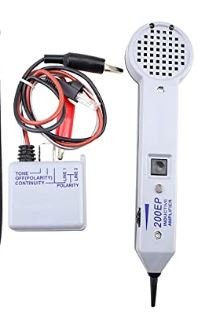I was musing in the post Christmas dinner fug about all the knowledge that our members have acquired and put to use over the years. If y'all have the patience to share I would propose that we list our favorite (maximum of 5) boating tips or tools or products or tricks that work so well that we want to share them,
I'll start:
1. Schedule 40 plastic water pipe. Cheap, available in a multitude of diameters. Can be easily cut, drilled and glued. Makes rod holders; Tool holders; an easily stowable frame to keep my dinghy cover 'tented' to avoid water puddles; conduit for cable runs and many more uses.
2. Emergency battery. I have several and keep one in the boat and one in each vehicle. At 1,200 amps it will start a genset or a tender motor, it might start a smaller main engine; contains a built-in air pump for inflating the tender or fenders; also a very bright LED light. Plug it in to charge once a month and it will last for years. Mine is branded Caterpillar, sold through Costco at $110.
https://www.costco.com/cat-1200-peak-amp-digital-jump-starter.product.100799044.html
3. McLube Sail Kote. This dry lubricant contains no silicone or teflon. It lasts longer than either and leaves no residue or stickiness whatsoever. When you first spray it you will think you have been conned as it leaves no trace. It will lubricate anything that slides (door tracks, window tracks, exposed throttle cables, drawer glides). Primary use is to lubricate mainsail tracks/slides.
4. Laminator. Any time I identify a previously unknown circuit, modify the electrical system, pumps, pipes etc. I will make a diagram with an explanation of what was modified, or instructions on valves to turn etc. file it in my boat file and laminate a copy and secure it to the item at issue. You can buy multiple sizes of laminating sheets, from Luggage Label size which are perfect for identifying wires/pipes etc as they come with slots and nylon loops for securing them to suitcases, to full size A4. Buy online for best prices.
5. Two tools A heat gun for sealing Ancor Heat Shrink wire connectors and a rope cutter hot knife. The latter can also be used with slight modification to cut and seal Sunbrella to avoid loose threads.
~A



 you just cost me some money!
you just cost me some money!